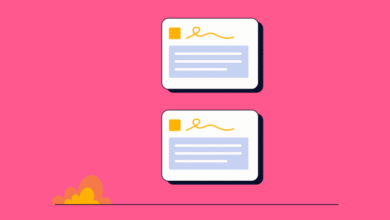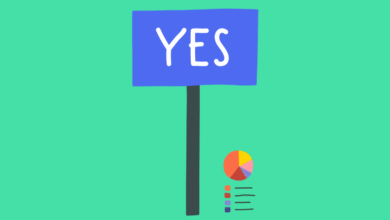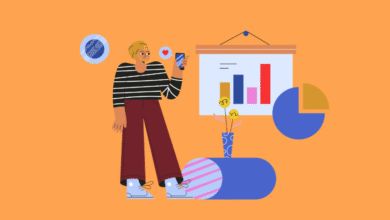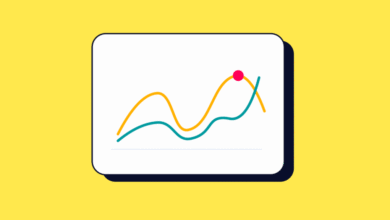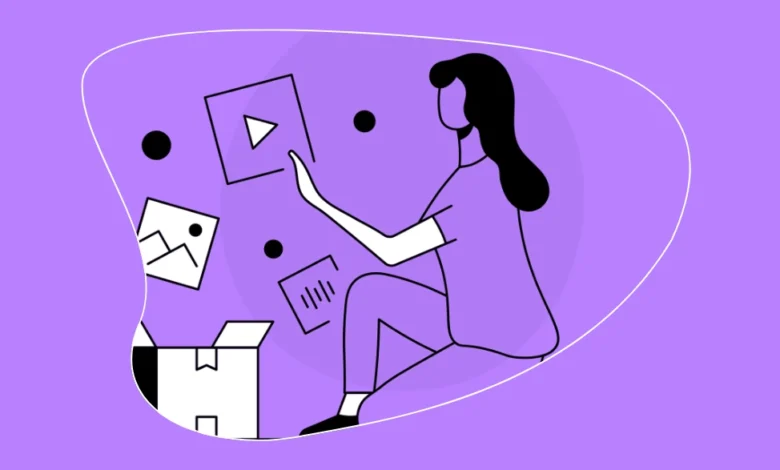
You’ve already done the hard part. Someone saw your ad, clicked your link, or maybe even visited your product page. But then? Silence. No purchase. No signup. Just another bounced visit.
That’s where Facebook retargeting comes in. And in 2025, it’s smarter, more essential, and more nuanced than ever.
With tighter tracking rules, smarter algorithms, and more ad fatigue than we’ve ever seen, retargeting is no longer just about “reminding people to come back.” It’s about designing personalized, thoughtful follow-ups that nudge people across the finish line without annoying them along the way.
In this guide, we’ll break down the most effective retargeting strategies for Facebook Ads in 2025. You’ll learn how to segment smarter, what types of creatives work best, and how to balance automation with strategy. We’ll also clarify one of the most common questions: what’s the difference between retargeting and lookalike audiences?
Retargeting: What It Is and Why It Still Works
Retargeting (also called remarketing) is the practice of showing ads to people who’ve already interacted with your business. That could mean they visited your website, watched one of your videos, added a product to cart, or simply liked a post.
Unlike cold audiences, these users already know you. Retargeting is your opportunity to re-engage them with the right message at the right time, and move them closer to converting.
Even with iOS restrictions and signal loss, Meta’s tools still allow for powerful retargeting based on platform behavior, pixel data, custom lists, and engagement.
Subscribe to our mailing list to get the new updates!
The Core Retargeting Audiences to Build in 2025
Your retargeting strategy starts by defining who you want to re-engage. Not all warm audiences are equal, and treating them the same usually leads to poor results.
Break your retargeting into focused segments like:
- Video viewers (3s, 15s, or 75%+ watched)
- Website visitors (by page, time on site, or recency)
- Cart abandoners or product page viewers
- Lead form openers but non-submitters
- Social engagers (people who liked, commented, or shared)
Each group represents a different level of intent. A user who watched 95% of your brand story video is not the same as someone who landed on your homepage for five seconds.
Retargeting Ad Creative That Converts
Now that you’ve segmented your audiences, it’s time to match them with the right message.
Video Viewers: Reinforce value with short follow-up clips and stronger CTAs.
Cart Abandoners: Use urgency (limited-time offers), social proof (reviews), or reassurance (free shipping, returns).
Site Visitors: Answer objections with benefit highlights, testimonials, or explainer visuals.
Engagers: Nurture curiosity with behind-the-scenes content, carousels, or brand stories.
Lead Form Openers: Build trust with social proof, deadline messaging, or simplified conversion paths.
Your message should match the user’s intent. Retargeting isn’t about repeating the same ad, it’s about continuing the conversation.
Automated Retargeting in 2025 – What to Let Meta Handle
Meta’s ad platform has evolved dramatically. Today, its machine learning models can analyze thousands of data points in real time, helping determine who sees your ad, when, and where. In other words, it can do much of the heavy lifting. But there’s a catch: it only works well when you give it the right structure to learn from.
What Meta Does Well
Meta excels at managing delivery, placement, and broad optimizations. These are areas where automation can save you time without sacrificing performance:
- Dynamic Product Ads: For ecommerce brands, this is a no-brainer. Meta automatically shows users the exact products they viewed or added to cart, complete with real-time pricing and availability pulled from your catalog.
- Broad Custom Audiences: You can retarget large groups like “All website visitors in the last 30 days” or “People who interacted with any post on Instagram.” Meta will optimize delivery to those within the pool most likely to convert.
- Advantage+ Creative Testing: Instead of manually testing headlines and visuals, you can supply Meta with multiple versions, and the system will dynamically generate combinations and serve the ones that perform best.
These features are especially helpful when you’re scaling or managing high-volume accounts. They free you up to focus on what Meta can’t automate strategy.
What You Should Still Handle Manually
There are still parts of retargeting that require a human touch. Because Meta doesn’t know your brand tone, product lifecycle, or business logic the way you do:
- Messaging by Segment: Meta knows someone added to cart, but it doesn’t know why they didn’t buy. Was it price? Doubt? Distraction? That’s on you to diagnose and address with tailored copy.
- Offer Logic & Sequencing: Automation won’t decide when to show a discount or when to switch to a product benefit angle. Only you know when it’s time to push urgency versus build trust.
- Creative Rotation & Frequency: Left unchecked, Meta can oversaturate small audiences with the same ad. Monitor frequency metrics and plan new ad versions proactively to avoid fatigue.
- Exclusion Rules: Always exclude people who recently converted, submitted support tickets, or unsubscribed. Meta won’t always do this unless you tell it to.
Think Like a Pilot, Not a Passenger
The smartest advertisers in 2025 aren’t choosing between automation and control, they’re balancing both. Think of yourself as the strategist and Meta as your engine. You design the route. Meta helps you fly it faster.
Effective retargeting today is about collaboration. Let Meta handle delivery and optimization. But own the strategy, messaging, and structure that give your campaigns purpose.
What Is the Difference Between Lookalike and Retargeting?
Retargeting is about re-engaging people who’ve already interacted with your brand. It’s focused on nurturing, reminding, and converting warm audiences.
Lookalike audiences are for prospecting. Meta uses your existing audience data to find new people who resemble your ideal customers.
They complement each other:
- Retargeting closes the loop.
- Lookalikes open new doors.
Use both, but never confuse them.
Build a Retargeting System, Not Just an Ad
Anyone can run a reminder ad. But real performance comes from building a system.
Retargeting in 2025 means segmentation, creative alignment, automation where it works, and strategy where it counts. You’re not just bringing people back, you’re building trust and guiding action.
Audit your segments. Refresh your creatives. Track performance by intent, not by click alone.
Wanna see how your website perform?
Let's run a comprehensive technical SEO audit for your website and share a compelling SEO strategy to grow your online business.
SEO Audit →